Physicists from the University of Copenhagen have begun using the gigantic magnetic fields of galaxy clusters to observe distant black holes in their search for an elusive particle that has stumped scientists for decades.
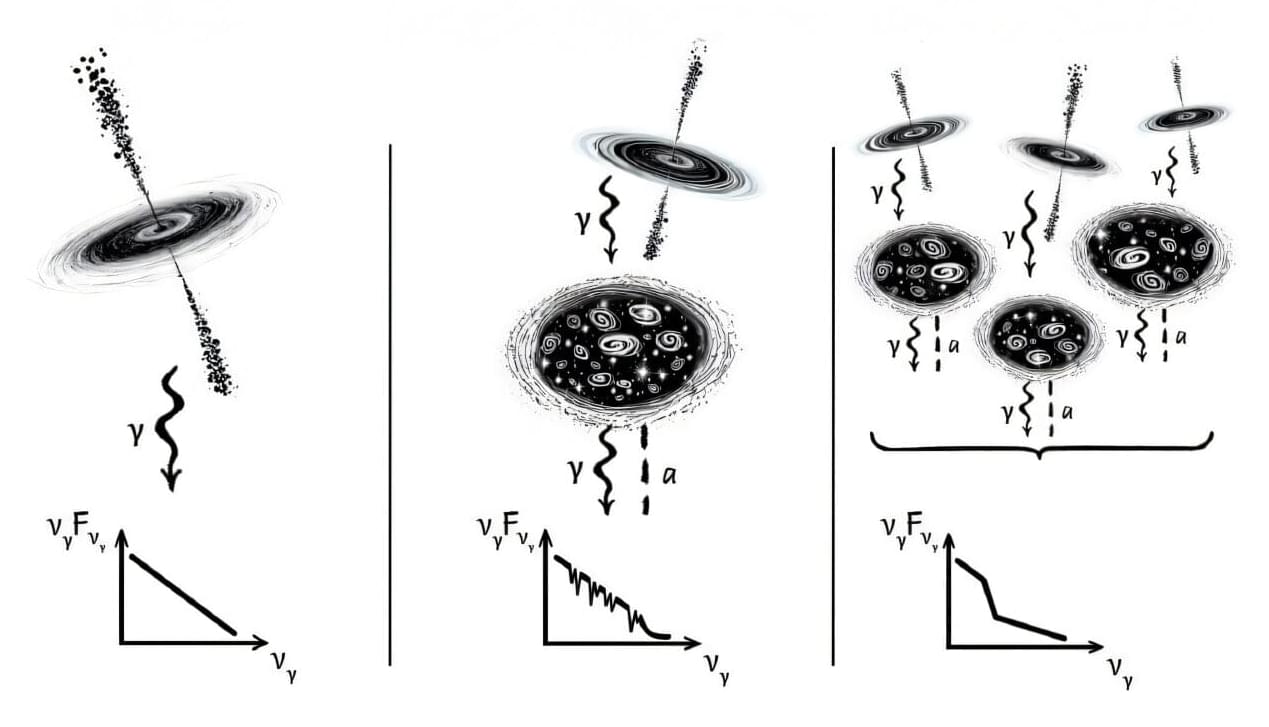

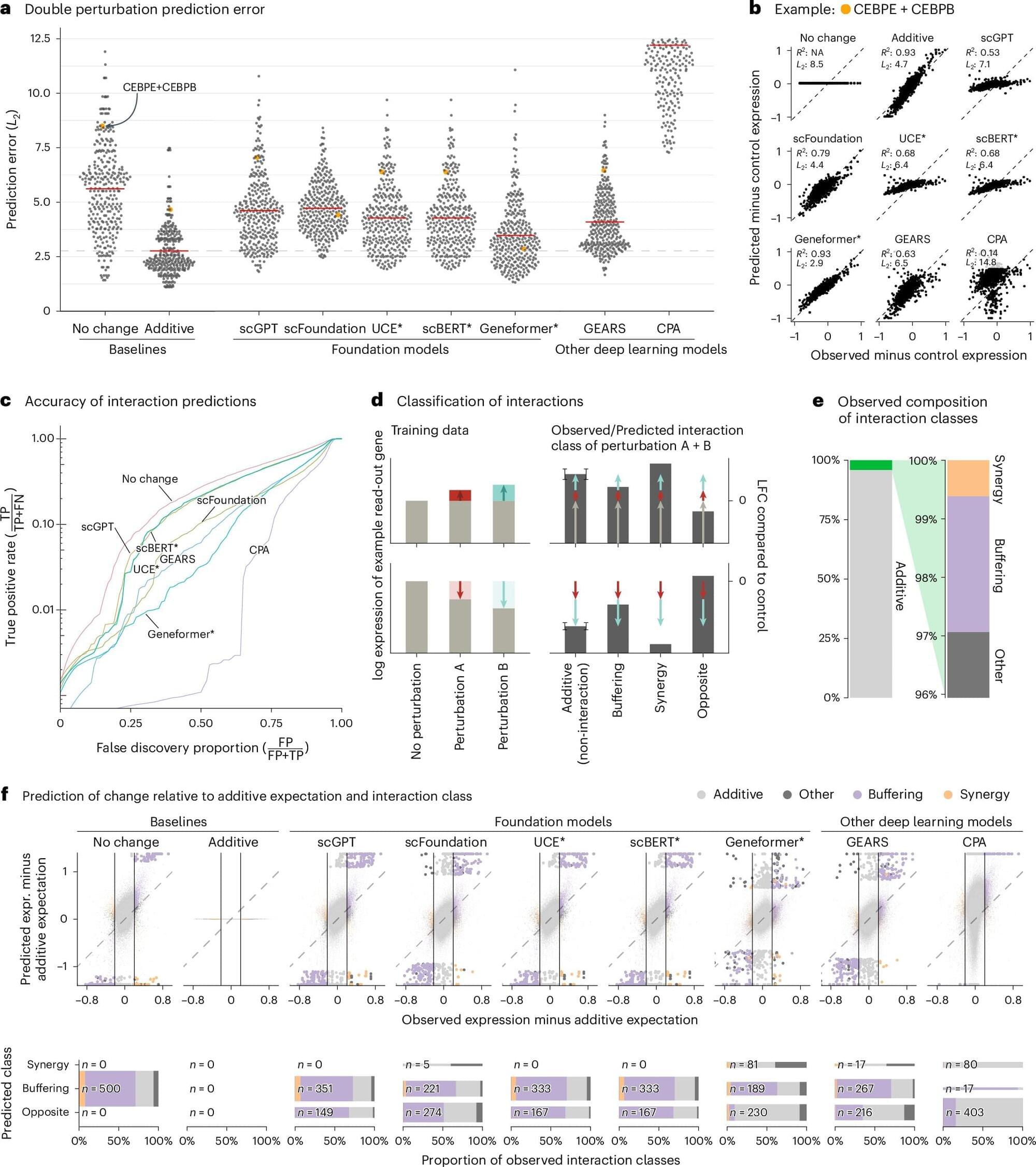
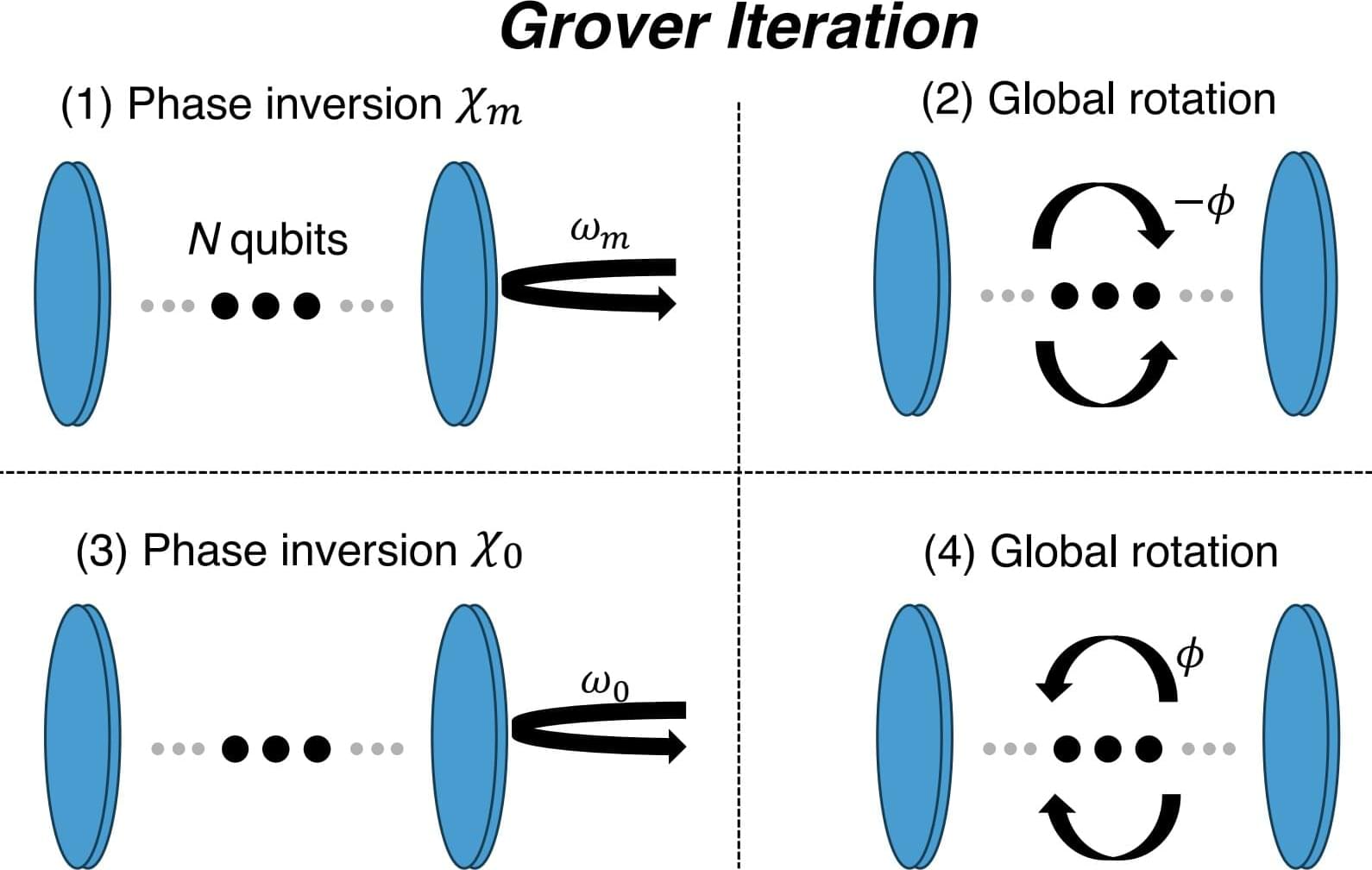
The reliable engineering of quantum states, particularly those involving several particles, is central to the development of various quantum technologies, including quantum computers, sensors and communication systems. These collective quantum states include so-called Dicke and Greenberger-Horne-Zeilinger (GHZ) states, multipartite entangled states that can be leveraged to collect precise measurements, to correct errors made by quantum computers and to enable communication between remote devices leveraging quantum mechanical effects.
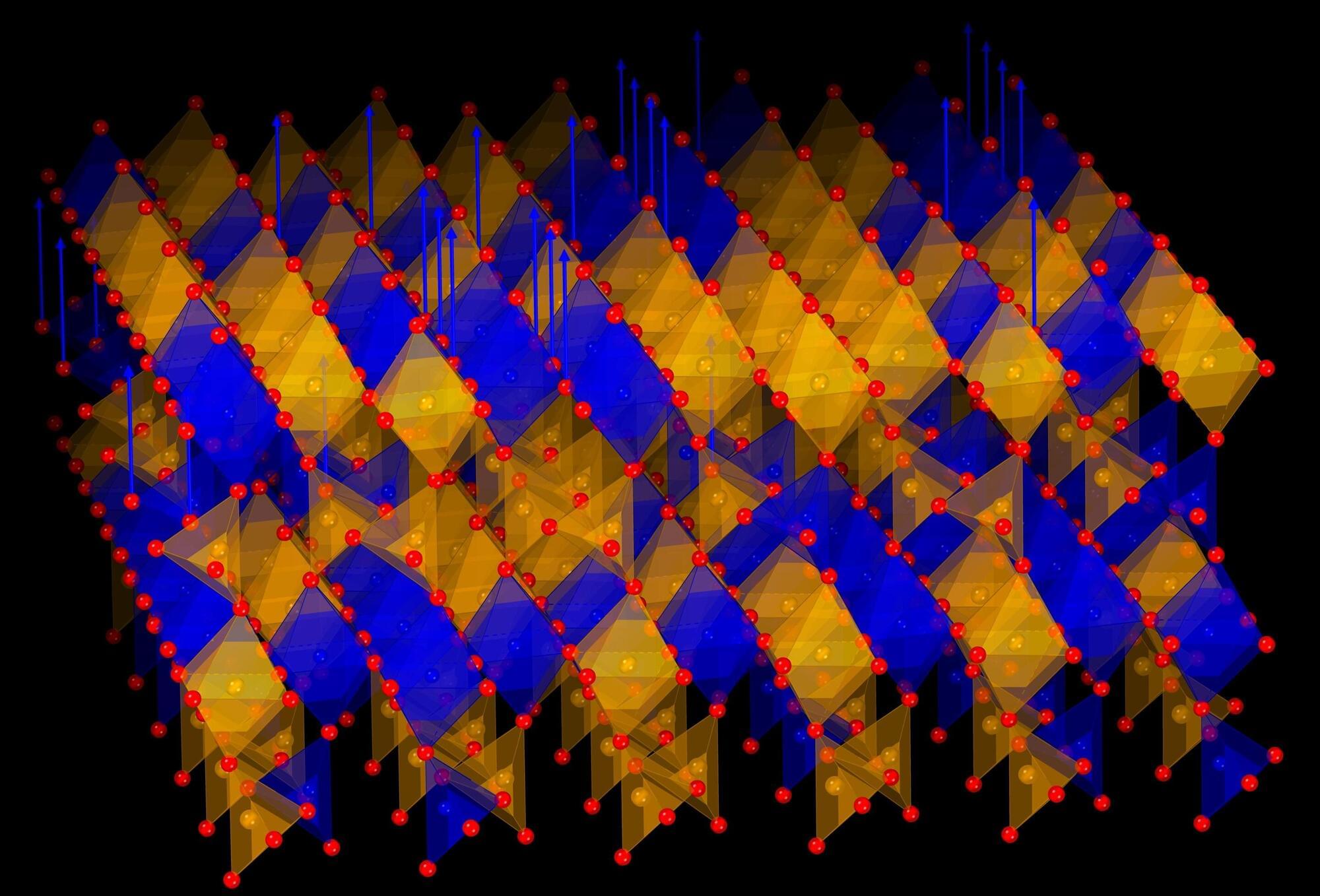
A team of scientists from Korea and Japan has discovered a new type of crystal that can “breathe”—releasing and absorbing oxygen repeatedly at relatively low temperatures. This unique ability could transform the way we develop clean energy technologies, including fuel cells, energy-saving windows, and smart thermal devices.

Hospital Clínico San Carlos in Madrid-led research reports that intermittent theta-burst transcranial magnetic stimulation (TMS) paired with language therapy over six months was associated with positive outcomes in primary progressive aphasia (PPA). Improvements included less decline in regional brain metabolism and improvements in language abilities, functional independence, and neuropsychiatric symptoms.
Primary progressive aphasia is a neurodegenerative clinical syndrome with insidious onset characterized by prominent speech and/or language impairment. It is a syndrome that can be the mode in which common causes of dementia, Alzheimer’s disease and frontotemporal degeneration are initially present.
According to current international consensus criteria, three variants are recognized: nonfluent/agrammatic, semantic, and logopenic. Speech-language intervention has proven to be beneficial.
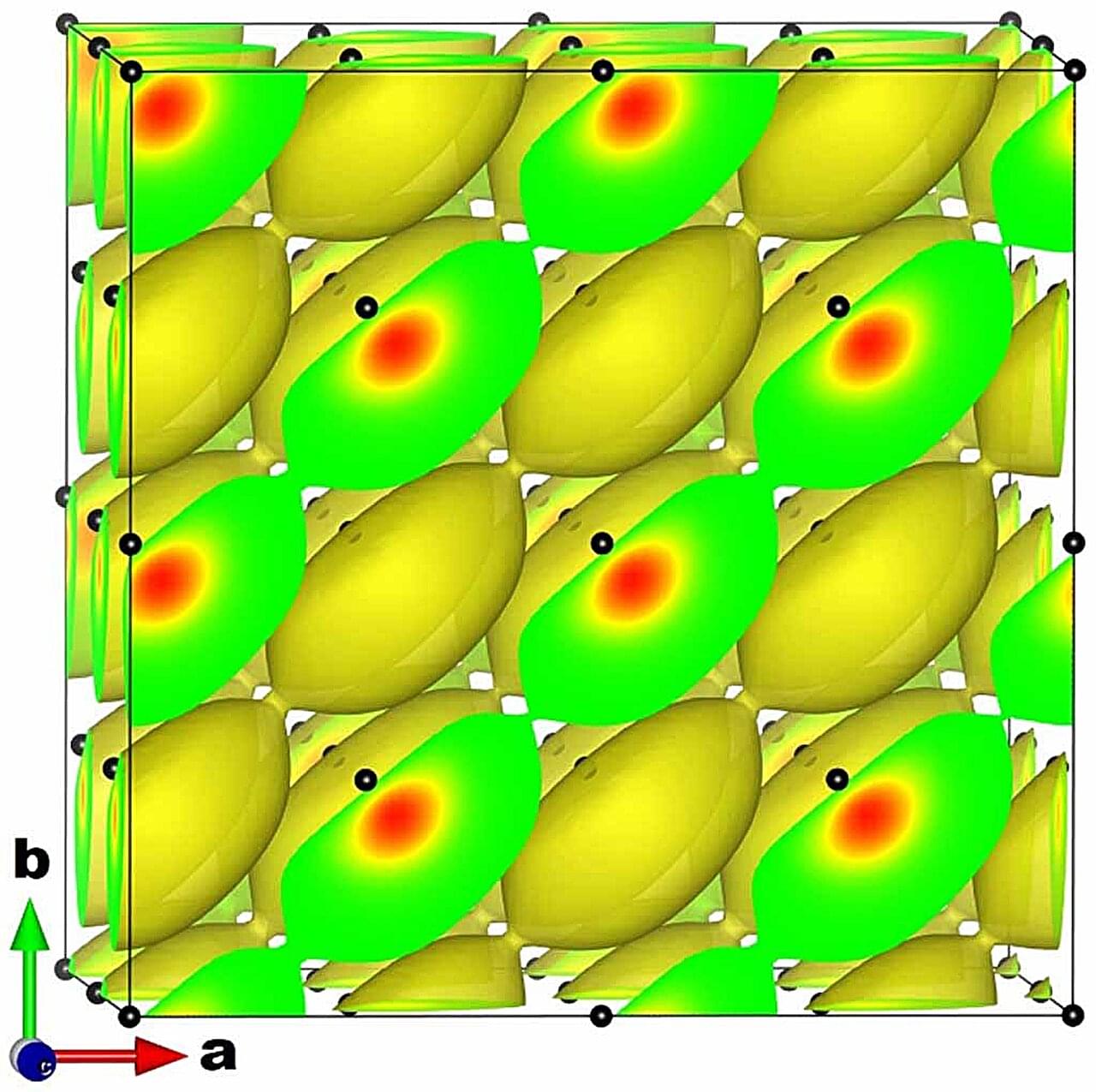
Electricity flows through wires to deliver power, but it loses energy as it moves, delivering less than it started with. But that energy loss isn’t a given. Scientists at Penn State have found a new way to identify types of materials known as superconductors that allow power to travel without any resistance, meaning no energy is lost.
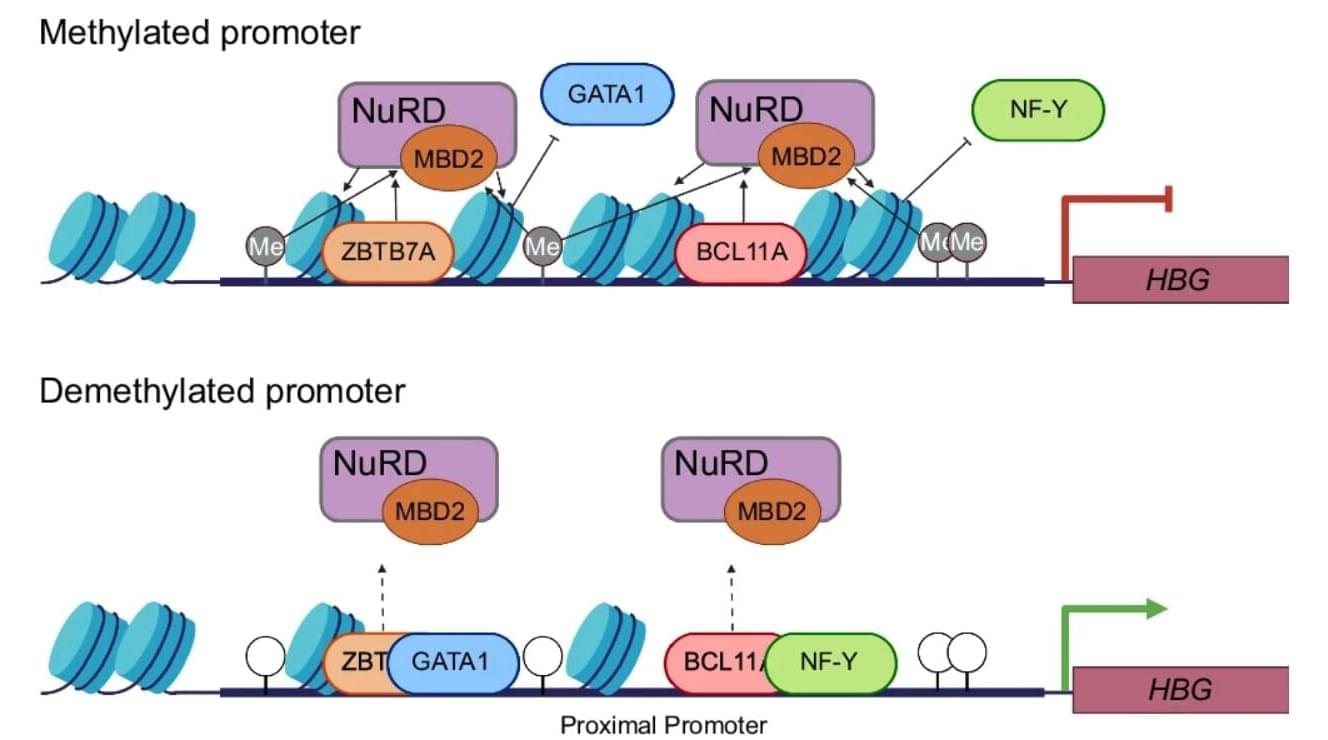
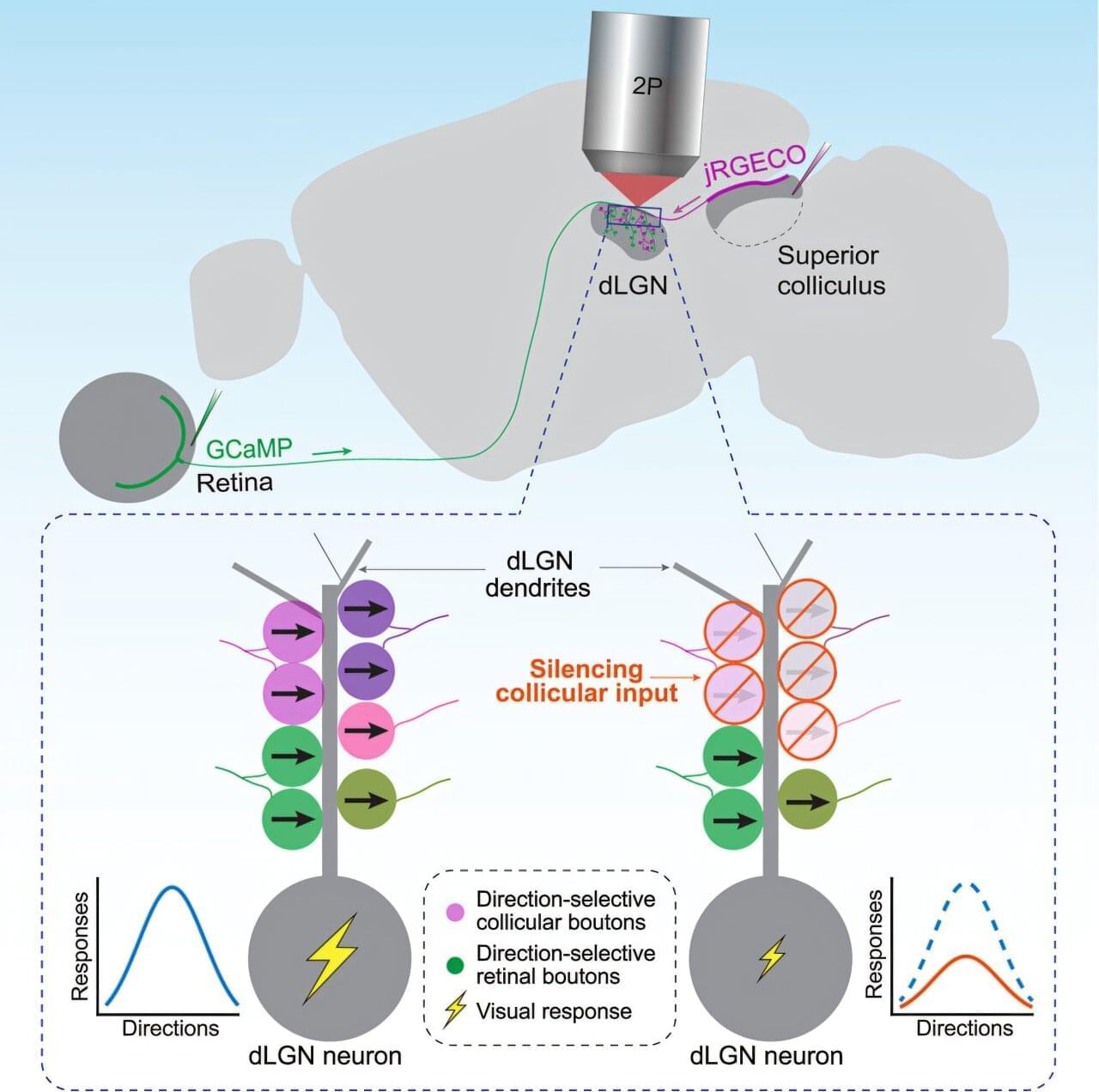
When you see something—a tree in your backyard, say, or the toy your toddler hands you—that visual information travels from your retinas to your brain. And like a train stopping at stations along its route, the information pauses at particular regions of the brain where it’s processed and sent along to its next location.
A region called the visual thalamus has been thought to be primarily a relay, simply directing visual information to its next area. But a new study published in Neuron finds that the thalamus actually integrates additional information from other brain regions and reshapes the information it sends along to the brain cortex.
Liang Liang, Ph.D., assistant professor of neuroscience at Yale School of Medicine (YSM) and senior author of the study, suspected the thalamus might be doing more than it had been given credit for.
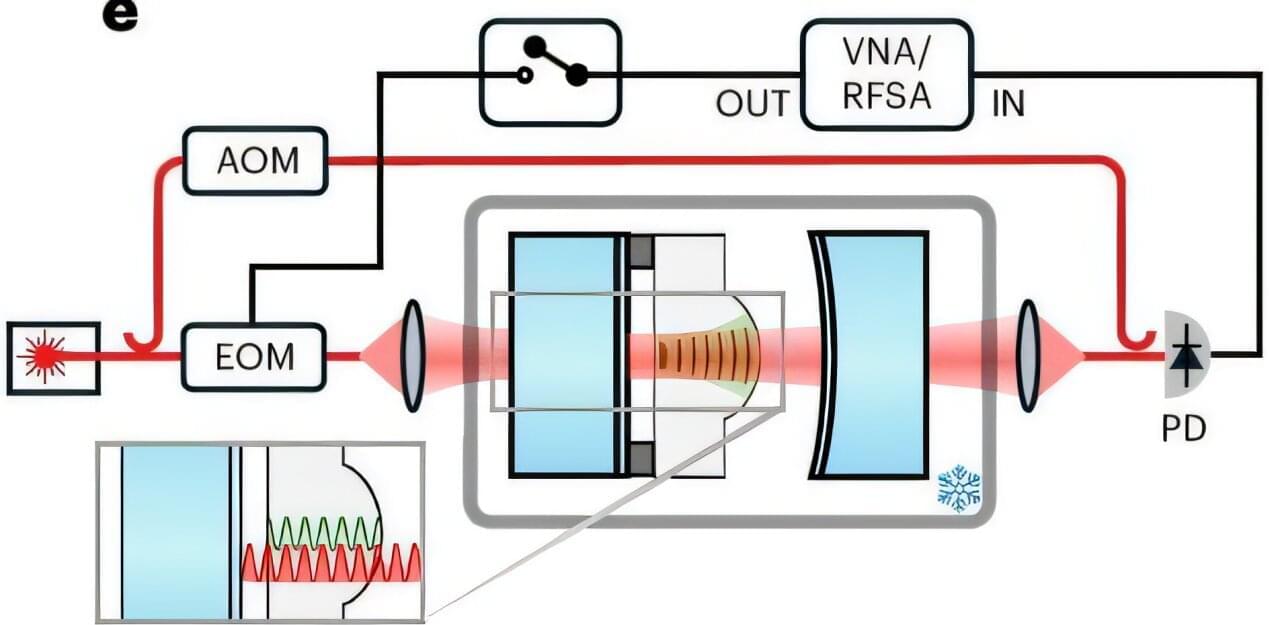
Using new techniques, Yale researchers have demonstrated the ability to use lasers to cool quantized vibrations of sound within massive objects to their quantum ground state, the lowest energy allowable by quantum mechanics. This breakthrough could benefit communications, quantum computing, and other applications. The results are published in Nature Physics.
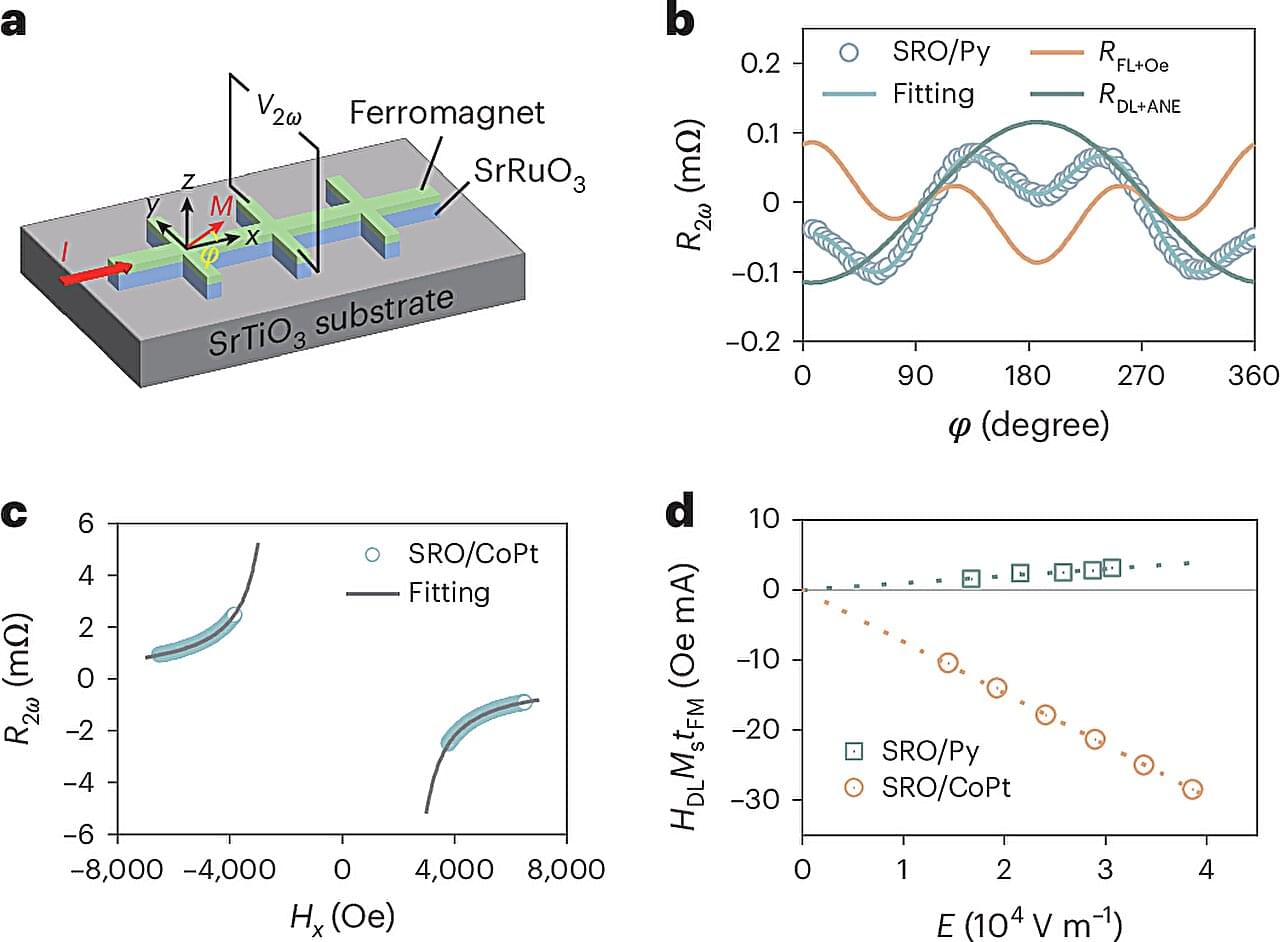
Scientists have turned a longstanding challenge in electronics—material defects—into a quantum-enhanced solution, paving the way for new-generation ultra-low-power spintronic devices. Spintronics, short for “spin electronics,” is a field of technology that aims to go beyond the limits of conventional electronics.
Traditional devices rely only on the electric charge of electrons to store and process information. Spintronics takes advantage of two additional quantum properties: spin angular momentum, which can be imagined as a built-in “up” or “down” orientation of the electron, and orbital angular momentum, which describes how electrons move around atomic nuclei.
By using these extra degrees of freedom, spintronic devices can store more data in smaller spaces, operate faster, consume less energy, and retain information even when the power is switched off.